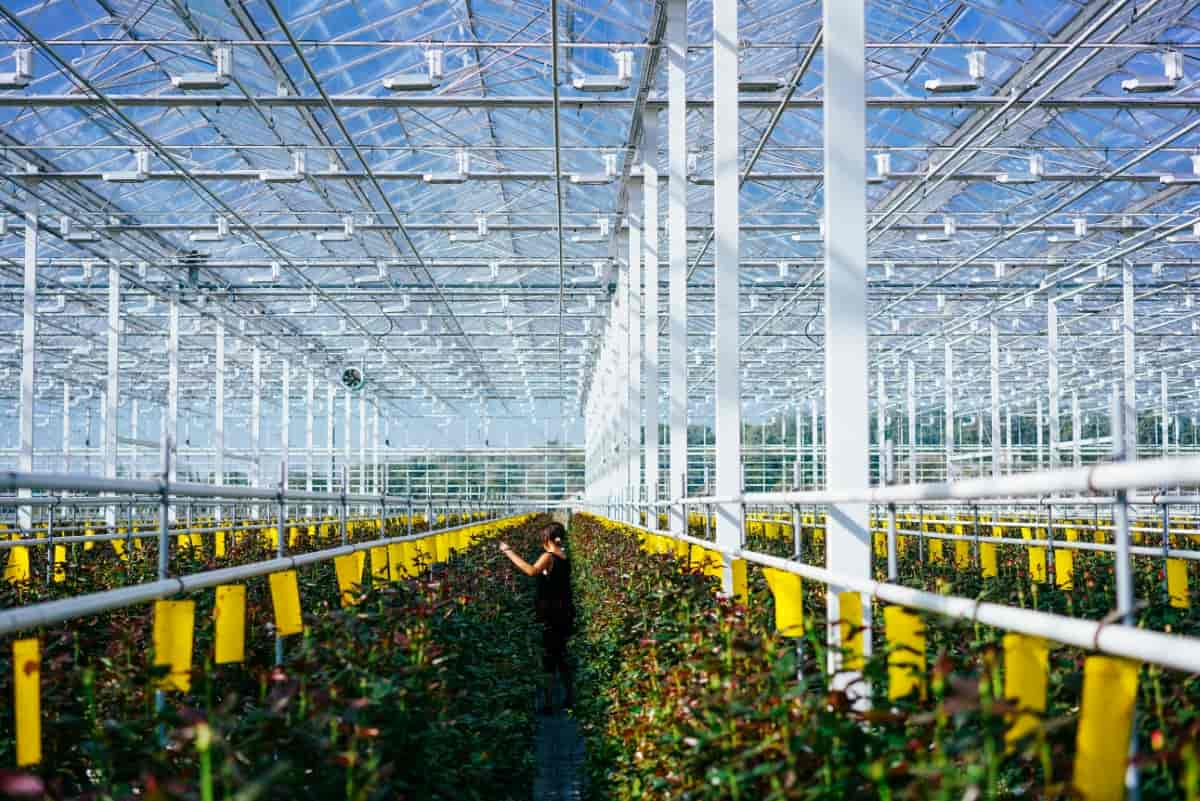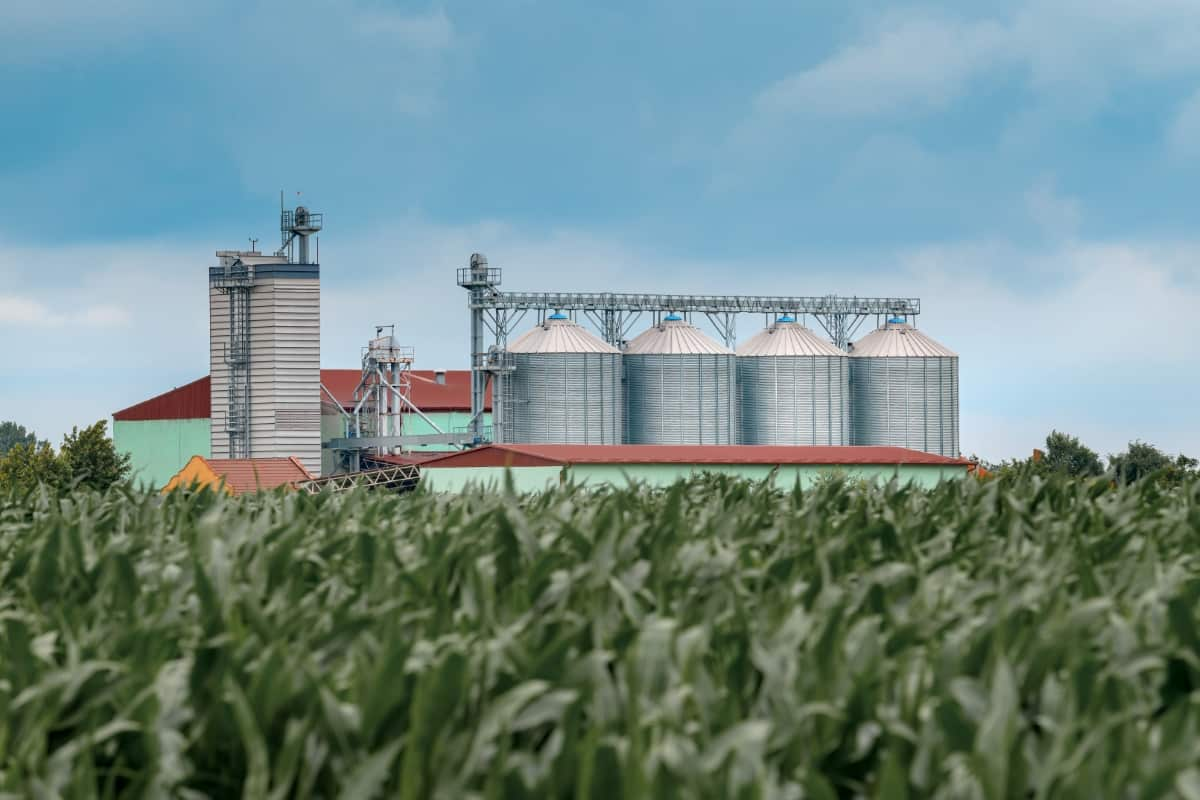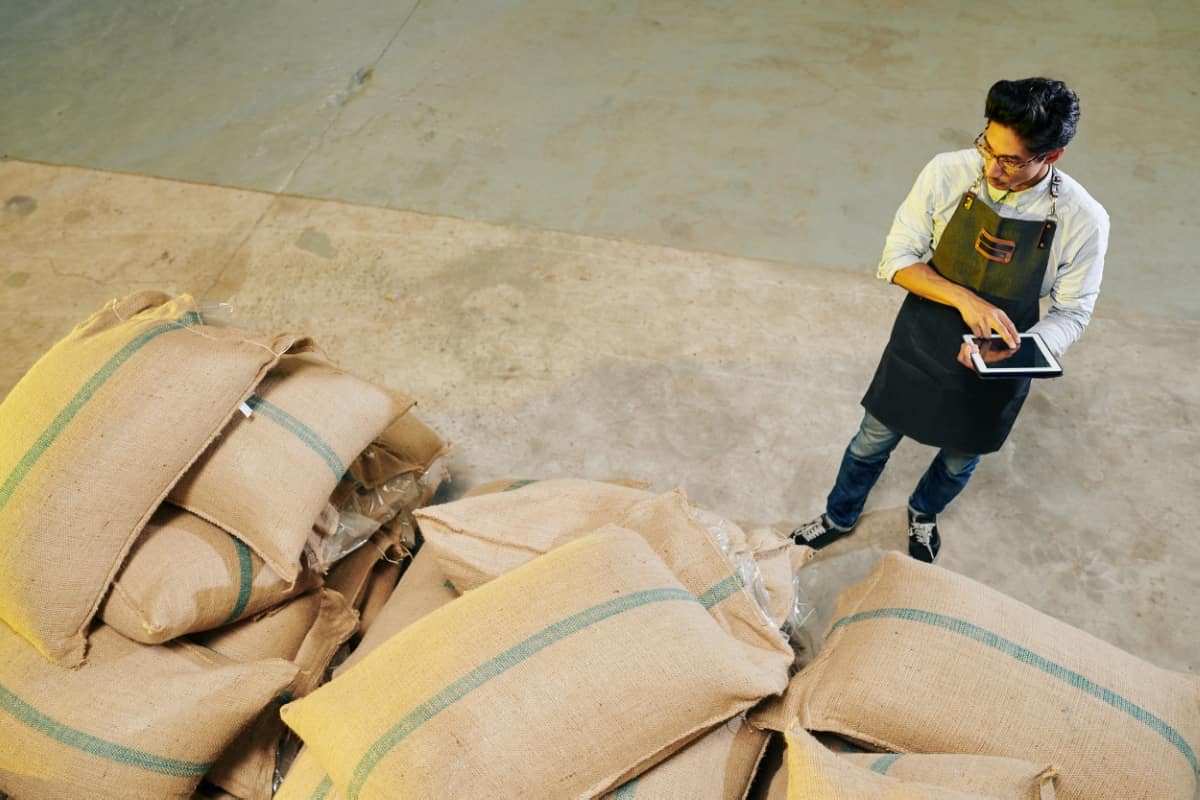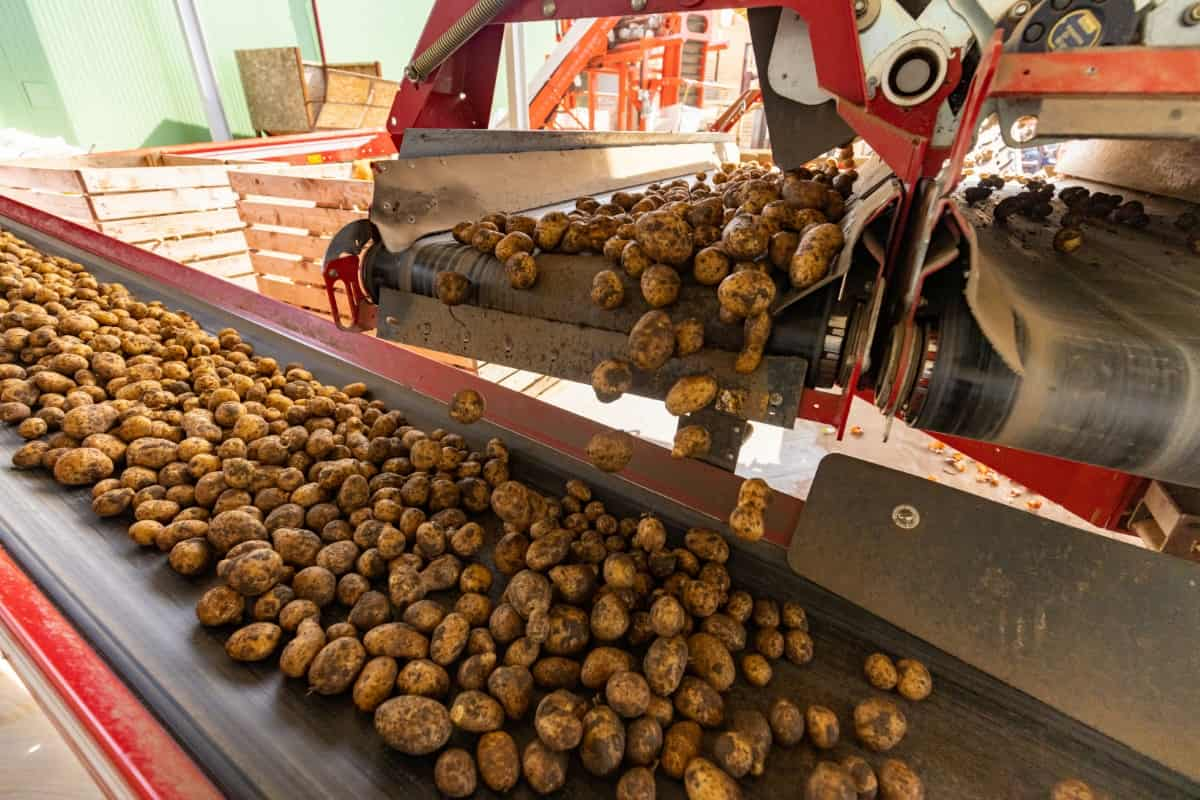In the growth of Indian agriculture, subsidies play a pivotal role by fortifying the agricultural infrastructure. These financial incentives, provided by the government, aim to empower farmers and enhance their productivity. The subsidy framework encompasses diverse facets, from irrigation advancements to technological interventions. This blog delves into India’s nuanced landscape of agriculture infrastructure subsidies, unraveling their multifaceted impact on the farming community and the nation’s agricultural prowess.

India largest agricultural producers in the world, with a vast and diverse range of crops and livestock. However, the sector faces many challenges, such as low productivity, high post-harvest losses, inadequate storage and processing facilities, poor market linkages, and climate change. To address these issues and boost the income and welfare of farmers, the Government of India has launched various schemes and subsidies to support the creation and improvement of agriculture infrastructure.
Infrastructure Subsidies for Indian Farmers
Subsidy for Irrigation Equipment
Under the Sub-Mission on Agricultural Mechanization (SMAM), farmers can avail subsidy up to 50% of the cost of various irrigation equipment such as sprinklers, drip systems, micro-irrigation systems, etc. The subsidy is provided through State Governments and is subject to a maximum limit per beneficiary. The scheme aims to enhance water use efficiency, reduce input costs, and increase crop yield and quality.
Subsidy for Greenhouses and Polyhouses
Under the Mission for Integrated Development of Horticulture, farmers can avail subsidy of up to 50% of the cost of greenhouses and polyhouses for protected cultivation of horticultural crops such as vegetables, flowers, fruits, etc. The subsidy is provided through State Governments and is subject to a maximum limit per beneficiary. The scheme aims to extend the growing season, improve crop quality and productivity, and reduce pest and disease incidence.
Subsidy for Cold Storage Facilities
Under the Pradhan Mantri Kisan Sampada Yojana, farmers can avail of a subsidy of up to 35% of the cost of cold storage facilities for preservation and value addition of perishable agricultural produce such as fruits, vegetables, dairy products, meat products, etc. The subsidy is provided through the Ministry of Food Processing Industries (MoFPI) and is subject to a maximum limit per project. The scheme aims to reduce post-harvest losses, enhance shelf life, ensure remunerative prices, and create employment opportunities.
Subsidy for Farm Machinery and Equipment
Under the Sub-Mission on Agricultural Mechanization (SMAM), farmers can avail of subsidies up to 50% of the cost of farm machinery and equipment such as tractors, power tillers, harvesters, planters, threshers, etc. The subsidy is provided through State Governments and is subject to a maximum limit per beneficiary. The scheme aims to increase farm mechanization, reduce drudgery, improve efficiency, and save time and labor.
In case you missed it: Livestock and Dairy Farming Subsidies: Financial Assistance by the Government of India

Subsidy for Organic Farming
Under the Paramparagat Krishi Vikas Yojana (PKVY), farmers can avail of subsidies up to Rs. 50,000 per hectare for adopting organic farming practices such as vermicomposting, biofertilizers, biopesticides, etc. The subsidy is provided through State Governments and is subject to a maximum limit per cluster. The scheme aims to promote chemical-free farming, enhance soil health, conserve natural resources, and increase income and profitability.
Subsidy for Seed Processing Units
Under the National Food Security Mission (NFSM), farmers can avail subsidy up to 40% of the cost of seed processing units for production and processing of quality seeds of various crops such as rice, wheat, pulses, oilseeds, etc. The subsidy is provided through State Governments and is subject to a maximum limit per project. The scheme aims to increase seed replacement rate, improve seed quality and availability, and enhance crop productivity and production.
Subsidy for Fertilizer Production Units
Under the New Urea Policy (NUP), farmers can avail subsidy on urea produced by domestic fertilizer units based on their energy efficiency and performance. The subsidy is provided through the Department of Fertilizers (DoF) and is subject to a fixed amount per tonne of urea. The scheme aims to reduce urea import dependency, encourage domestic production, ensure timely availability, and promote balanced use of fertilizers.
Subsidy for Warehousing Infrastructure
Agricultural producers can receive a subsidy of up to 25 percent of the cost of constructing or renovating warehouses to store agricultural products such as grains, oilseeds, spices, and other similar items through the Warehousing Development and Regulatory Authority (WDRA) program. The NABARD program is responsible for providing the subsidy, and a maximum limit applies to each project. The plan intends to accomplish the following objectives:
- Increase the capacity for scientific storage.
- Improve quality standards.
- Prevent distress sales.
- Make pledge financing easier.
In case you missed it: Organic Farming Subsidy and Financial Assistance by the Government of India

Subsidy for Solar Power Installations
Pradhan Mantri Kisan Urja Suraksha evam Utthan Mahabhiyan (PM-KUSUM) scheme, farmers can avail of a subsidy of up to 30% of the cost of solar power installations for irrigation and other agricultural purposes. The Ministry of New and Renewable Energy provides the subsidy and is subject to a maximum limit per project. The scheme aims to promote renewable energy, reduce carbon footprint, save diesel and electricity costs, and generate additional income.
Subsidy for Agri-Processing Units
Under the Agriculture Infrastructure Fund (AIF) scheme, farmers can avail subsidy in the form of interest subvention up to 3% per annum and credit guarantee up to Rs. 2 crore for setting up agri-processing units for value addition and marketing of agricultural produce such as grains, oilseeds, spices, fruits, vegetables, dairy products, meat products, etc. The subsidy is provided through banks and financial institutions and is subject to a maximum limit per project. The scheme aims to create post-harvest infrastructure, enhance farmer’s income, and boost rural economy.
Agriculture Infrastructure Subsidies for Indian Farmers
India’s central and state governments offer various agriculture infrastructure subsidies to farmers and agri-businesses, aiming to reduce production costs, increase income, ensure food security, and promote value addition. Under the National Agriculture Infra Financing Facility, these subsidies include interest waivers and credit guarantees for loans up to Rs. 2 crore for projects like cold chains, processing centers, e-marketing platforms, and warehouses.
In case you missed it: Top 5 Government Goat Farming Subsidy Schemes in India

They also include 25% to 33.33% subsidies for projects like storage infrastructure and fertilizers, irrigation, electricity, seeds, crop insurance, and price support schemes for small farmers and cooperative societies.
Conclusion
Implementing robust infrastructure subsidies for Indian farmers is imperative. This strategic investment not only enhances agricultural productivity but also fosters economic growth. By fortifying the foundation of the farming sector, the nation paves the way for sustainable development, ensuring a prosperous future for its rural community.
- Feed Your Flock for Less: Top 10 Tips to Save on Chicken Feed
- Ultimate Guide to Ossabaw Island Hog: Breeding, Raising, Diet, and Care
- Hatching Answers: The Top 10 Reasons Your Chickens Aren’t Laying Eggs
- Eggs and Economics: Breaking Down the Cost of Raising Backyard Chickens
- Defend Your Greens: Proven Methods to Keep Iguanas Out of Your Garden
- Ultimate Guide to Cinnamon Queen Chicken: A Comprehensive Guide for Beginners
- Ultimate Guide to California Tan Chicken: Breeding, Raising, Diet, Egg-Production and Care
- Ultimate Guide to Marsh Daisy Chicken: Breeding, Raising, Diet, and Care
- 10 Types of Chicken Farming Businesses You Can Start for Profits